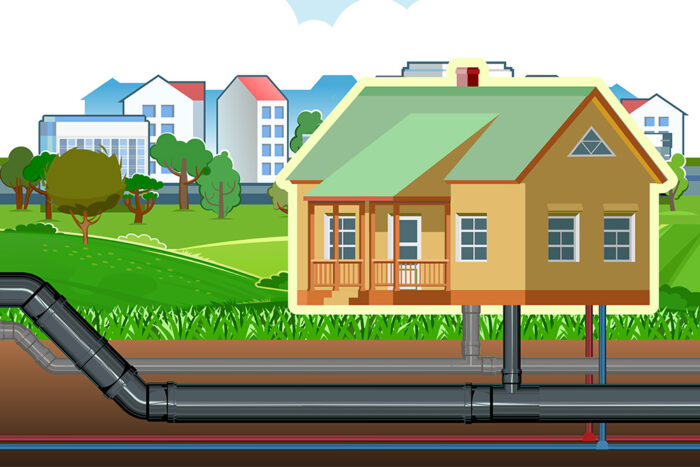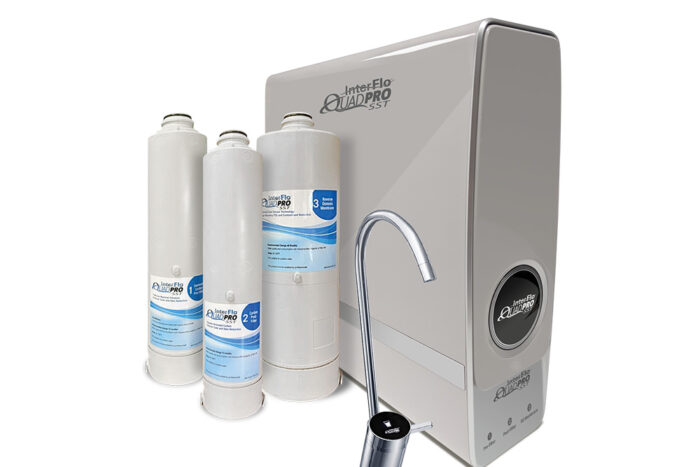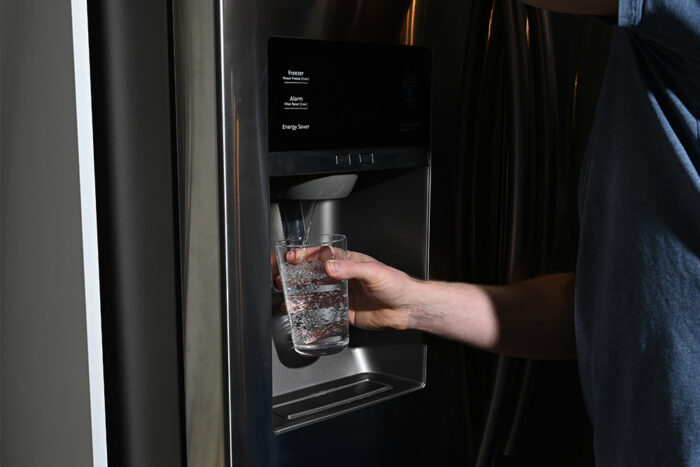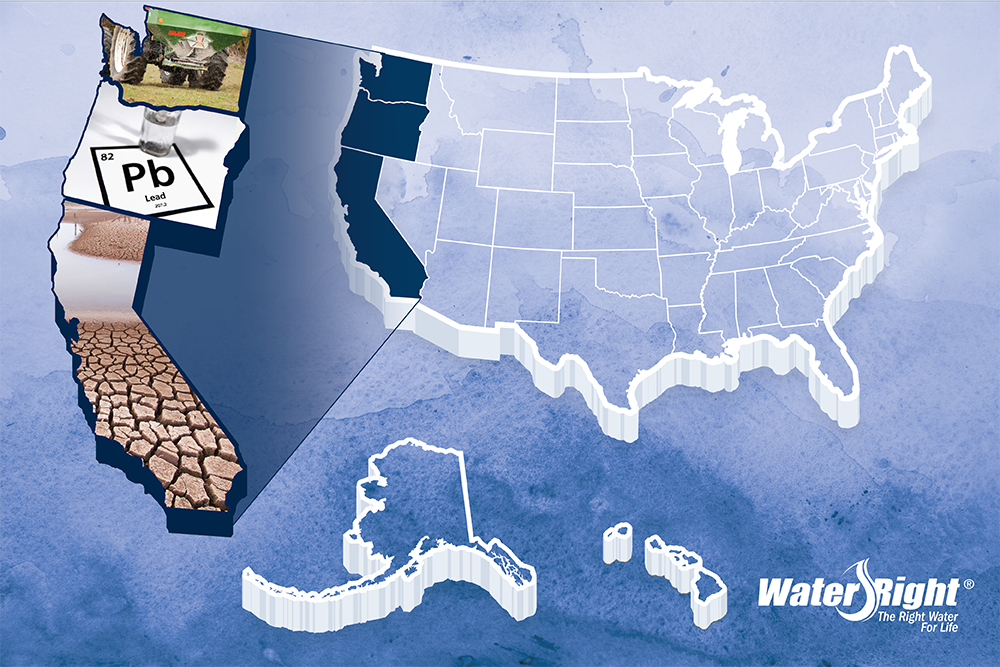From Southern California, up through the Northwest states of Oregon and Washington, the West Coast of the United States has always represented a sense of hope.
Pioneers on the Oregon Trail, prospectors looking to make a fortune in the California Gold Rush, and those trying to make big it in Hollywood all headed West looking for a better life. But, life along the Pacific Coast isn’t all easy-living. Water quality problems can be a troublesome issue.
Water-Right Regional Sales Manager Mark Russell trains and assists our dealers on the West Coast as well as in Hawaii and Alaska. He gave us some insights into common problems and solutions surrounding residential water in the region.
Well Water & City Water On The West Coast
While well water quality along the West Coast can vary greatly, Russell says municipal water is fairly cut-and-dry.
“For city water applications, it’s pretty simple. Chlorine and hardness are the main concerns,” he says. “We use a softening resin to reduce hardness and carbon filtration to remove chlorine. There are a few cities that use chloramines to disinfect water, which creates ammonia, and that’s a completely different treatment.”
Of course, whether it is well water or city water, the hardness measurements can be quite different throughout the region.
“Seattle, Washington differs from Burlington, which is just an hour north,” Russel says. “In southern Washington, where I live, we have hardly any hard water, and the same goes for Portland, Oregon. Very few water softeners are sold in that area because there just isn’t much hardness.”
Russell says Hawaii is another state with mostly soft water, even in private wells. Still, although a homeowner may not have hard minerals in their water, other potential issues and contaminants can impact the quality.
“There are pockets along the West Coast with high nitrates, which is predominantly due to fertilizer runoff,” Russell explains. “There can also be pockets of arsenic, which is a health concern, and hydrogen sulfide gas, which causes a rotten egg smell. There’s no way of knowing what’s really in your water until you have it tested.”
Testing the Water in Your Home
Getting your well water tested is something Water-Right and many other experts strongly suggest doing at least once every year. Find out about common well water issues to learn more.
In many cases, a reverse osmosis (R.O.) system will greatly improve the quality of drinking water, and for rural homeowners with their own well, an R.O. is often a necessity.
“The folks who purchase a reverse osmosis system who are on well water, they’re getting it installed because they truly need it,” Russell says. “It’s because there’s something in the water that only reverse osmosis can take out.”
Many times, an under-the-sink R.O. is installed to improve the aesthetics of the water. But treating water with reverse osmosis can also reduce the chance of more serious issues, such as lead contamination.
“For example, the city of Portland sends out lead notices every year because, occasionally, there are elevated lead levels due to the city’s old infrastructure,” Russel says.
The city of Portland’s water comes from the Bull Run watershed, which has a lower pH, meaning it’s somewhat acidic. Acidic water is corrosive and can leach lead from old copper plumbing.
Keep in mind, this issue is far from exclusive to Portland. Many major U.S. cities have aging infrastructure with copper pipes, and municipalities often take steps to make the water safe. However, an R.O. provides homeowners with additional peace of mind.
Learn the facts about lead contamination here on our blog and find out what the director of our Clean Water Testing laboratory has to say about whether you should be concerned.
Russell says there are a few unique issues regarding residential water treatment in California. It’s a state with some strict regulations, and certain communities have banned new installations of salt-based water softeners.
“But, most of California has hard water, and well water is even harder,” says Russell. “Because of all the regulations, our dealers are very thoughtful about the equipment we sell to homeowners and the claims that we make.”
California and the West Coast in general has a population that tends to be more environmentally-conscious than average. These residents may be interested in how an R.O. not only saves money but can have a positive environmental impact.
“Where people are more conscientious about the environment, they are less likely to buy bottled water,” Russell explains. “In those cases, a reverse osmosis system presents some unique benefits.”
Read more about the impact of buying bottled water and the difference an R.O. can make here on our blog.
Russell believes the professional you hire to handle your home’s water treatment needs is an important decision. You’ll need someone who can continue providing help even after the equipment is installed.
“It’s important to emphasize that a customer who’s interested in getting their water treated should make sure they know who they’re asking to take care of them,” he says. “A water softener is a water softener. It will do its job. But, you’ve got to make sure you find someone who installs it properly and can service it down the road.”
Find the right contractor for you.
Recent Homeowner Resources

Are You Drinking Contaminated Water? New Rules Help Homeowners Identify Lead Risks

Introducing InterFlo® QuadPro SST!



